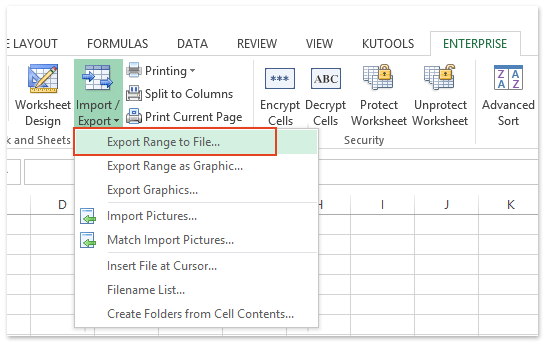

Applies To: Excel 2016 Excel 2013 Excel 2010 Excel 2007 There are two ways to import data from a text file with Excel: you can open it in Excel, or you can import it as an external data range. To export data from Excel to a text file, use the Save As command and change the file type from the drop-down menu.
There are two commonly used text file formats: • Delimited text files (.txt), in which the TAB character (ASCII character code 009) typically separates each field of text. • Comma separated values text files (.csv), in which the comma character (,) typically separates each field of text. You can change the separator character that is used in both delimited and.csv text files. This may be necessary to make sure that the import or export operation works the way that you want it to. Note: You can import or export up to 1,048,576 rows and 16,384 columns.
My text file also has two columns. How do I import data from a text file into a postgres database? How to import an SQL file using the command line in MySQL?
Import a text file by opening it in Excel You can open a text file that you created in another program as an Excel workbook by using the Open command. Crack Pl7 Pro V4.4. Opening a text file in Excel does not change the format of the file — you can see this in the Excel title bar, where the name of the file retains the text file name extension (for example,.txt or. Free Program American Eagle Employee Handbook. csv). • Go to File >Open. If you're using Excel 2007, click the Microsoft Office Button, and then click Open. • Select Text Files from the Open dialog box. • Locate and double-click the text file that you want to open. • If the file is a text file (.txt), Excel starts the Import Text Wizard.
When you are done with the steps, click Finish to complete the import operation. Ge Logiq 700 User Manual. • See: for more information about delimiters and advanced options. • If the file is a.csv file, Excel automatically opens the text file and displays the data in a new workbook. Note: When Excel opens a.csv file, it uses the current default data format settings to interpret how to import each column of data. If you want more flexibility in converting columns to different data formats, you can use the Import Text Wizard.
For example, the format of a data column in the.csv file may be MDY, but Excel's default data format is YMD, or you want to convert a column of numbers that contains leading zeros to text so you can preserve the leading zeros. To force Excel to run the Import Text Wizard, you can change the file name extension from.csv to.txt before you open it, or you can. You can import data from a text file into an existing worksheet as an external data range. • Click the cell where you want to put the data from the text file. • On the Data tab, in the Get External Data group, click From Text/CSV. • Locate and double-click the text file that you want to import.
Follow the instructions in the Text Import Wizard. Click Help on any page of the Text Import Wizard for more information about using the wizard. When you are done with the steps in the wizard, click Finish to complete the import operation. • In the Import Data dialog box, do the following: • Optionally, click Properties to set refresh, formatting, and layout options for the imported data. • Under Where do you want to put the data?, do one of the following: • To return the data to the location that you selected, click Existing worksheet. • To return the data to the upper-left corner of a new worksheet, click New worksheet.